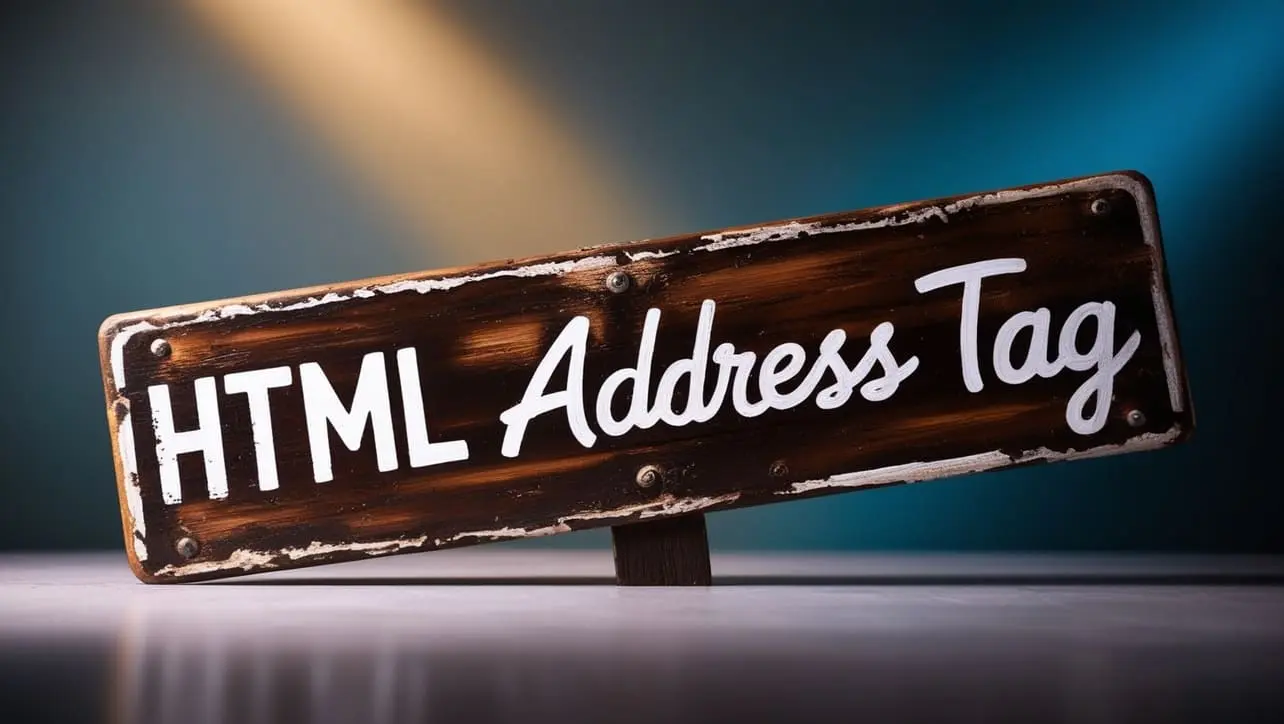
HTML Topics
- HTML Intro
- HTML Basic
- HTML Editors
- HTML CSS
- HTML Tags
- <!--...-->
- <!DOCTYPE>
- <a>
- <abbr>
- <address>
- <area>
- <article>
- <aside>
- <audio>
- <b>
- <base>
- <bdi>
- <bdo>
- <bgsound>
- <blink>
- <blockquote>
- <body>
- <br>
- <button>
- <canvas>
- <caption>
- <cite>
- <code>
- <col>
- <colgroup>
- <data>
- <datalist>
- <dd>
- <del>
- <details>
- <dfn>
- <dialog>
- <div>
- <dl>
- <dt>
- <em>
- <embed>
- <fieldset>
- <figcaption>
- <figure>
- <footer>
- <form>
- <h1> to <h6>
- <head>
- <header>
- <hgroup>
- <hr>
- <html>
- <i>
- <iframe>
- <img>
- <input>
- <ins>
- <kbd>
- <label>
- <legend>
- <li>
- <link>
- <main>
- <map>
- <mark>
- <menu>
- <meta>
- <meter>
- <nav>
- <noscript>
- <object>
- <ol>
- <optgroup>
- <option>
- <output>
- <p>
- <param>
- <picture>
- <pre>
- <progress>
- <q>
- <rp>
- <rt>
- <ruby>
- <s>
- <samp>
- <script>
- <search>
- <section>
- <select>
- <small>
- <source>
- <span>
- <strong>
- <style>
- <sub>
- <summary>
- <sup>
- <svg>
- <table>
- <tbody>
- <td>
- <template>
- <textarea>
- <tfoot>
- <th>
- <thead>
- <time>
- <title>
- <tr>
- <track>
- <u>
- <ul>
- <var>
- <video>
- <wbr>
- HTML Deprecated Tags
- HTML Events
- HTML Event Attributes
- HTML Global Attributes
- HTML Attributes
- HTML Comments
- HTML Entity
- HTML Head
- HTML Form
- HTML IndexedDB
- HTML Drag & Drop
- HTML Geolocation
- HTML Canvas
- HTML Status Code
- HTML Language Code
- HTML Country Code
- HTML Charset
- MIME Types
HTML address Tag

Photo Credit to CodeToFun
🙋 Introduction
In the vast landscape of HTML elements, the <address> tag plays a specific role in indicating contact information or details about the author of a document.
This comprehensive guide will walk you through the functionalities and best practices associated with the HTML <address> tag.
🤔 What is <address> Tag?
The <address> tag in HTML is designed to represent contact information or details about the author of a document.
It is typically used within the <footer> element but can be applied wherever contact details are relevant.
💡 Syntax
Implementing the <address> tag is straightforward. Wrap the relevant contact information within the opening <address> and closing </address> tags.
<address>
Your Contact Information Here
</address>🧰 Attributes
While the <address> tag does not have specific attributes, you can use general HTML attributes like class or style for styling and customization purposes.
<address class="author-info" style="font-style: italic;">
Author: John Doe <br>
Email: john.doe@example.com
</address>📚 Common Use Cases
Document Author Information:
document-author-information.htmlCopied<address> Written by <a href="mailto:author@example.com">John Doe</a>.<br> Visit us at: 123 Main Street, Anytown, USA. </address>Footer Contact Details:
footer-contact-details.htmlCopied<footer> <p>Copyright © 2024 Your Website Name</p> <address> Contact us at <a href="mailto:info@example.com">info@example.com</a> </address> </footer>
🖥️ Browser Support
Understanding the compatibility of the <address> tag across different browsers is essential for delivering a consistent user experience. Here's an overview of its support:
- Google Chrome: Fully supported.
- Mozilla Firefox: Fully supported.
- Microsoft Edge: Fully supported.
- Safari: Fully supported.
- Opera: Fully supported.
- Internet Explorer: Fully supported.
Ensure you test your code in various browsers to guarantee a seamless experience for your audience.
🏆 Best Practices
- Use the
<address>tag within the <footer> element for contact details related to the document. - Provide links for email addresses or physical addresses for enhanced user interaction.
- Utilize CSS styles to make the contact information visually appealing and easily distinguishable.
🎉 Conclusion
By incorporating the <address> tag into your HTML documents, you can provide valuable contact information and enhance the overall user experience. Consider its placement within the <footer> element and explore various styling options to create a polished and professional appearance.
👨💻 Join our Community:
Author

For over eight years, I worked as a full-stack web developer. Now, I have chosen my profession as a full-time blogger at codetofun.com.
Buy me a coffee to make codetofun.com free for everyone.
Buy me a Coffee












If you have any doubts regarding this article (HTML address Tag), please comment here. I will help you immediately.